Atriplex Halimus Saltbush Plants
Atriplex halimus (Chenopodiaceae) commonly known as Saltbush. It is a halophytic shrub originated from North Africa and Europe, it is also found naturally around Mediterranean Basin, Atlantic Ocean, North Sea (Belgium) and Black sea. It is also reported in Iran and Pakistan. It is commonly known as Saltbush, Mediterranean saltbush, shrubby orache and sea orache. It is found mostly in semi-arid and sub-humid areas up to 900 m from sea level in coastal areas or in inland desert areas. It grows up to 2-3 m high and 2.4 m wide. It comprises deep root system. The leaves are silvery white in colour. The stems are erected and bear alternate leaves up to 4 cm in length.
The inflorescence born in the month of July on leafless twigs and green or yellowish in colour. The fruits are kidney shaped, numerous, coriaceous and 3.4 x 5-6 mm in size. The seeds are dark brown and 1.5 mm in size. It is cultivated for the production of green forage during dry season, for animal feed, to control soil erosion and soil salination.
Landscaping ideas for Atriplex Halimus
Atriplex halimus has great interest as ornamental plant due to its high resistance to various environmental stresses. In the areas were rain fall is low as 200-400 mm, it yields 2-10 t DM/ha/year (tons dry matter per hectare per year). Under irrigation, it yields up to 30 t DM/ha/year. It is suitable for landscaping in salt affected and arid areas. It can also kept as indoor house plant.
How To Propagate Atriplex Halimus Plants.
For cultivation, saltbush are better grown on medium textured deep soil.It is recommended to sow fresh dry seeds in the month of April-May to propagate or one season old wood half ripen wood cuttings in the month of July-August plant in a container. The seeds usually germinates in 1-3 weeks in 13˚C. Seedlings should be placed in the pots in greenhouse in first winter, then moved out in early summer or late spring season.To establish a forage bank, 500-1500 plants/ha should be planted in closely spaced rows. It can be grown in association with dryland plants to increases the productivity and fertility of the soil. For poly culture, habit and root pattern of the plant is important. The plant growth habit is multi stemmed (multiple stems from the crown) while root is deep and branched which determined the optimal soil, water and nutrients requirement.
How to take care of Atriplex Halimus Plants.
- The plant needs full bright sunlight but can also grow under semi-shade.
- Too wet condition is not suitable for the development of plant.
- The plant cannot tolerate temperature below -10°C.
- It grows well on sandy saline soil with alkaline pH of 9-11.
- It prefers well-drained soil and can also be grown in nutritionally poor soil.
- It provide resistance to salted winds and can be used as a hedge in maritime areas.
- The plant is heat tolerant in 7-9 zones and can be damaged by severe frosts. Heat zones range from 1 (no heat days) to 12 (210 or more heat days).
- The plant shows high drought, pest and disease resistance.
- Little pruning is needed to design a structure or to remove dead and old foliage after 6 to 12 months.
- Protection should be made to avoid animal grazing in the field until the seedlings are well established.

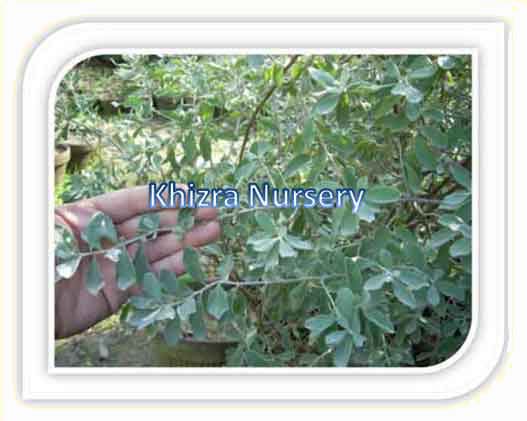
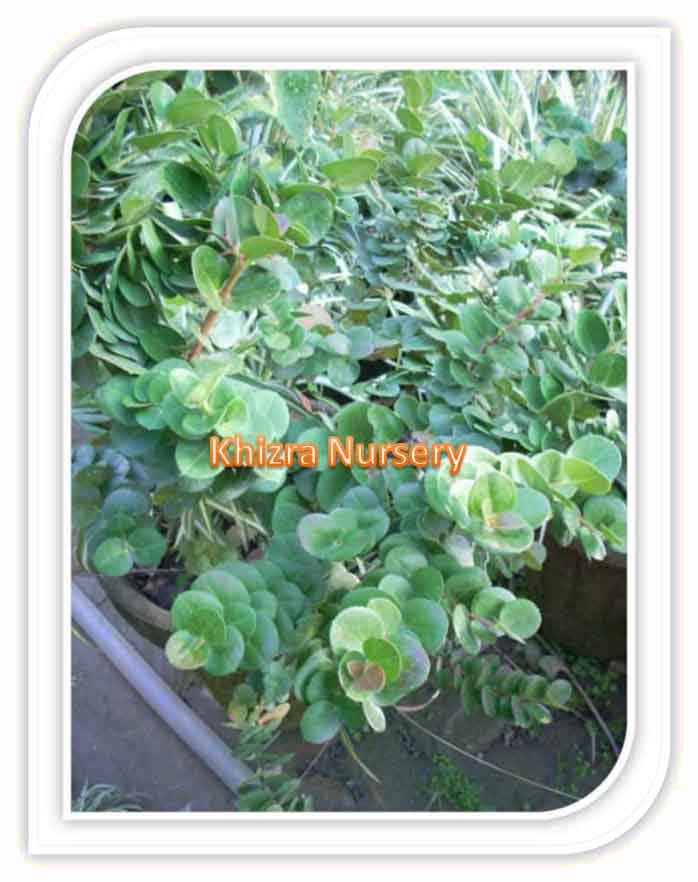

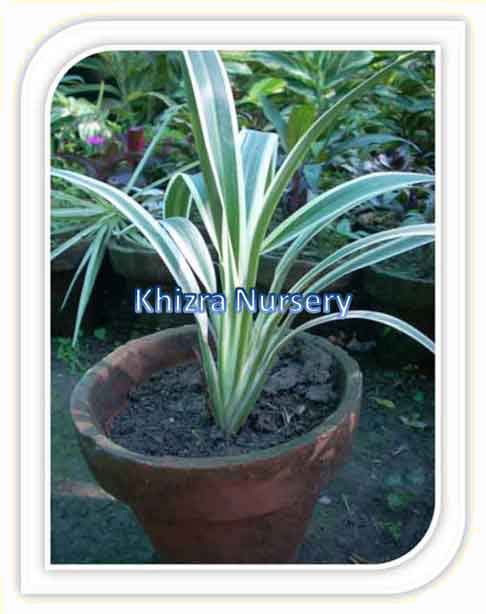
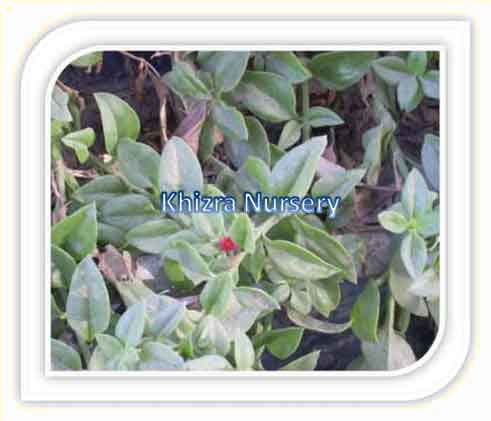

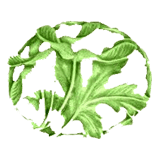
Reviews
There are no reviews yet.